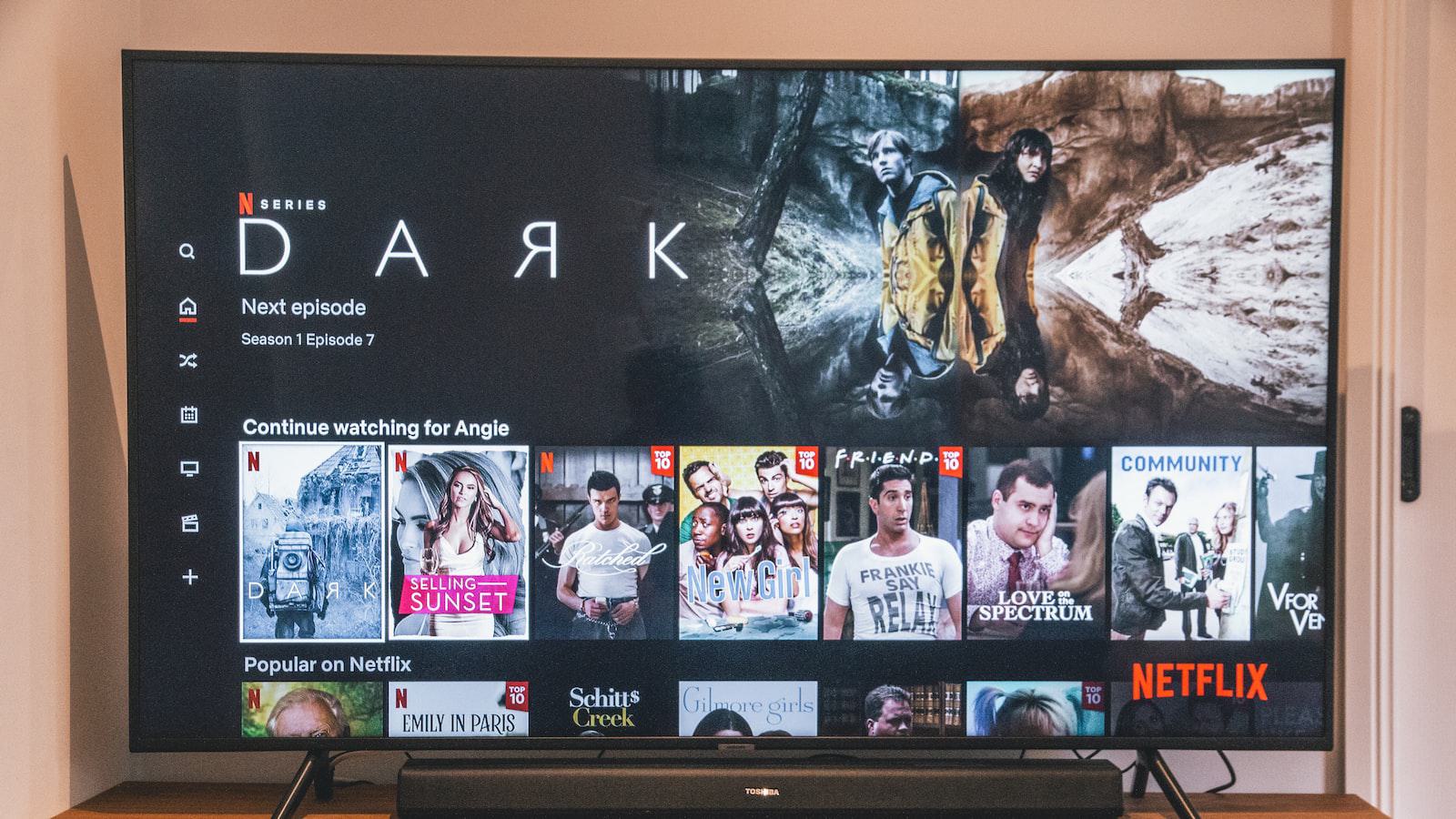We live in a world where it’s easier than ever to access music from anywhere. We no longer need to wait for radio to play our favorite songs – we can stream them with the click of a button. However, this advancement in technology has had a serious impact on traditional music sales – and it’s important to understand the implications of this development. In this article, we’ll explore what streaming music really means for the music industry, and the up- and down-sides of the revolution it has created.
1. Examining the Effect of Streaming on Physical Music Sales
The growth of streaming services and their shift in the way consumers listen to music have made a significant mark on the music industry. While streaming has become a major revenue source for the industry, it has caused the sales of physical music to decline as well.
To better analyse the growth of streaming and its impact on physical music sales, let us first take a look at the different types of music formats:
- Digital downloads, like iTunes or Amazon MP3;
- CDs;
- Vinyl records;
- Cassettes; and
- Streaming.
According to recent data, streaming has been the biggest force behind the losses in physical music sales since its rise in 2009. While digital download sales have been in steady decline since they peaked in 2012, vinyl, cassettes and CDs have faced the greatest decline due to the adoption of streaming services. In some cases, physical music sales have dropped by as much as 90% since 2010.

2. Exploring How Streaming Has Changed Listening Patterns
Streaming music has revolutionized the listening experience in many new and interesting ways. It has allowed audiences to access music in a way that was not possible before, with virtually unlimited music libraries at one’s disposal. So what has this meant for how we listen to and interact with music?
- More Accessible: With streaming services, listeners no longer have to purchase a whole album or single music tracks in order to access their favorite songs at the moment. This also means that listening to a wider variety of genre and artists is now easier than ever.
- More Platforms: a variety of music streaming platforms, such as Spotify, YouTube Music, and Apple Music, have allowed listeners to find their favorite music easily and conveniently. This makes it easier for fans to keep up with their favorite artists and explore new music.
The rise of streaming services has also opened up more opportunities for artists to monetize their music. Instead of relying solely on album sales or touring, streaming services enable artists to make money from streams and live concerts. This has resulted in more opportunities for independent and up-and-coming artists to get their music out there and gain exposure for their work.
3. The Impact of Streaming on Promotion and Discovery
The widespread use of streaming services has had an immense effect on the way music is shared, discovered, and promoted. For starters, streaming services don’t require the listener to actually purchase a song or artist’s album, which makes it easier for someone to take a chance on a new artist or genre. As streaming services like Spotify and Apple Music give access to millions of tracks, it also offers context; for example, listeners can search a specific artist and find out who they’re being compared to or who they are influenced by.
Quite simply, streaming services are changing the way consumers learn about and listen to music. It is much easier to find and share music than it was before streaming and this has prompted major developments in the terminology of the music industry. This includes the emergence of playlists which are replacing the typical radio formats of times past. YouTube is also becoming a serious platform for streaming services, giving an especially powerful reach for promoting new artists and connecting them with fans quicker than ever before.

4. Strategies to Adapt to the Evolution of Music Distribution
The music industry has changed drastically in the past decade and is still in the process of transformation. In order for music producers and musicians to remain relevant and fresh, it is essential to stay ahead of these changes and be in tune with the latest music distribution trends.
In order to tap into the current landscape of the music industry, here are some things to consider and strategies to adapt:
- Utilizing streaming services: As streaming services continue to become more popular and accessible, taking advantage of these platforms by providing exclusive content and marketing will help increase visibility for musicians.
- Promoting more online: Moving from traditional promotion, such as radio, to using online tactics like targeted online video advertising, email campaigns and digital retail will help reach a wider audience more efficiently.
- Developing an app: Having a presence across a variety of distribution channels is essential. An app can help build a connection with the audience, provide additional content, tour dates, and even merchandise.
- Crowdfunding: Utilizing crowdfunding initiatives like Kickstarter or GoFundMe is a great way to stay connected with your fan base and collect money for projects.
These are just some of the ways to adapt to the ever-evolving music industry. Keeping up with the latest industry trends and staying ahead of the curve will help place musicians at the forefront of their respective genre.
The impact of streaming on traditional music sales is far-reaching and its maximum potential is yet to be seen. Music streaming has already transformed the music industry by giving artists more control over their work and giving their fans more access to their art. It will be exciting to see how streaming evolves in the years to come and how it will continue to shape the musical landscape of today.

